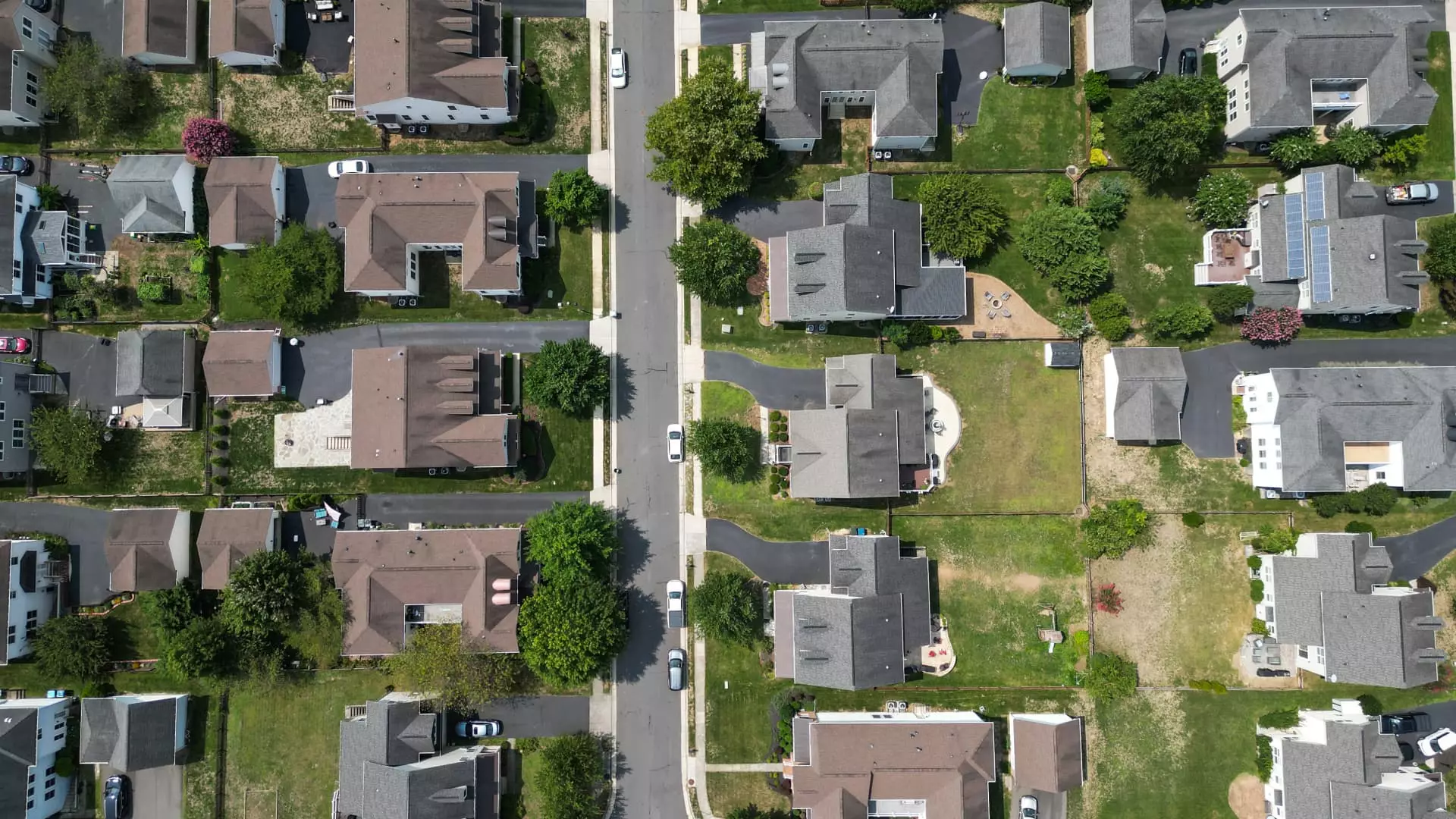Recent declines in mortgage rates have sparked a wave of optimism among current homeowners, who are rushing to refinance in hopes of slashing monthly payments. Yet, beneath this apparent relief lies a broader, more troubling narrative. While applications for refinancing surged 7% in a single week, reflecting a temporary flare of financial ease, this trend masks an underlying hesitance among prospective homebuyers. The overall stagnation in purchase applications, which barely budged at a mere 0.1%, reveals a marketplace paralyzed by uncertainty and affordability concerns. The federal policies that have driven mortgage rates down seem to cater primarily to those already entrenched in property ownership, rather than fostering genuine expansion or economic mobility for new entrants.
The Dynamics of Rate Cuts: Short-Term Relief or Long-Term Pitfall?
The recent drop of roughly 0.09 percentage points in 30-year fixed mortgage rates might appear to be a boon for homeowners, but it raises critical questions about sustainability and market manipulation. With the average loan size for refinances rising to over $313,700—significantly higher than previous weeks—the tendency to favor larger loans exposes financial vulnerabilities for many borrowers. Lenders, benefitting from these lower rates, are effectively incentivized to extend credit to those with larger debts, potentially sowing seeds for future instability. Meanwhile, the minimal response from prospective homebuyers signals that lower rates alone are insufficient to stimulate a robust housing market amid economic uncertainty and inflation concerns.
The Political and Economic Implications: Whose Benefit Is It?
At a center-right perspective, this scenario exposes the underlying priorities that shape monetary policy. The Federal Reserve’s drive to lower rates often serves to prop up asset prices and keep the housing market afloat — a strategy that benefits wealthier homeowners and financial institutions more than average citizens. It’s a form of market intervention that arguably sidesteps the real, tangible issues faced by potential homebuyers: stagnant wages, rising living costs, and restrictive lending standards. Instead of addressing root causes, these rate cuts seem more like an exercise in financial engineering, designed to stabilize markets in the short term but risking long-term distortions. Such policies risk creating a bifurcated market where the elite capitalize on artificially low borrowing costs, while the middle class remains priced out of homeownership, fueling social inequality under the guise of economic stability.
The Road Ahead: Caution or Complacency?
Moving forward, the stability of low mortgage rates hinges on broader economic fundamentals. While the current environment features an active refinancing landscape, the tepid demand for home purchases suggests that the market remains fragile. As job openings increase, pushing interest rates flat, policymakers and lenders must grapple with the risk of creating a bubble driven more by financial speculation than genuine economic growth. If history is any guide, these artificially low rates could distort market signals and leave many homeowners and potential buyers vulnerable once conditions change. For those who believe in responsible stewardship of the economy, the focus should be on fostering actual wage growth, reducing unnecessary regulatory burdens, and ensuring that housing affordability becomes a priority—not just a transient headline.


Leave a Reply